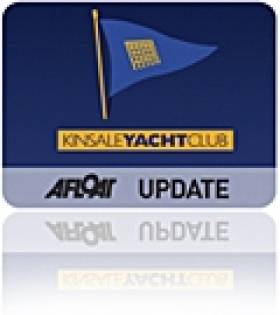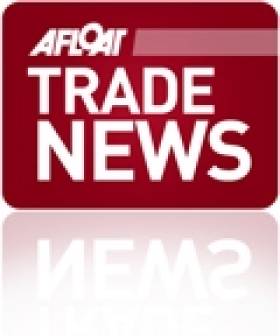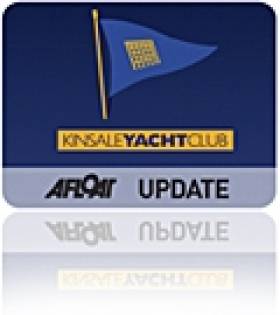Displaying items by tag: Sovereigns Cup
Sovereigns Cup 2011 Preview
Fifteen years ago the Sovereign's Cup was born and the event continues to grow. Over 140 boats came from all over Ireland and the UK in 2009 to compete for the prestigious Sovereign's Cup for best all-round score in IRC and the Portcullis Trophy for best progressive handicap.
Claiming victory in 2009 was Eamonn Rohan in Blondie IV, a Mills Design King 40, while the Portcullis Trophy was awarded to Chapman / Reilly's Crazy Horse.
The event covers many entry levels classes with Class 0, 1, 2, 3, 4 and the two White Sails classes. In addition to the Sovereign's Cup in 2011, there will be the added attraction of the Quarter Ton Class Championships which will be taking place concurrently.
The double hosting at the south-west venue will provide an added boost to Kinsale with new visitors particularly from Wales and the South of England. "We are encouraging people to start thinking about their travel and accommodation plans and are delighted that the Cork Swansea ferry will enable more sailors to access Kinsale easily from the UK," said Gary Hogan, Kinsale YC race director.
MGM Boats Open in Cork
As part of ongoing plans to expand its brokerage service (and promote the ranges of Sunseeker, Aquador and Bayliner Boats) MGM Boats Ltd of Dun Laoghaire is opening a new sales office on the waters edge, at Pier road, Kinsale. The office is expected to open by the End of February. "We have invested heavily in our Brokerage Department over the past two years resulting in a steady increase of Boat owners submitting their boat to us for sale" says MGM's Martin Salmon.
The Dun Laoghaire firm also has bases on Strangford, the Shannon and the English South Coast in Hamble. Salmon says the firm currently has 'tremendous value to offer the Cork boaters in quality used sportsboats, sailboats and motor cruisers'. In spite of the hard-times the award winnig dealership says it is looking forward to a 'prosperous season' on the south coast.
Kinsale is a leading sailing port in Ireland and this year the town and local yacht club hosts one of the biggest events of the Irish sailing calendar, the Sovereigns Cup in June.
Sovereign's Cup Website Goes Live
Quarter Ton Class Returns to Sovereigns Cup
The Quarter ton fleet is sailing back to the Sovereigns Cup in 2011. The event runs in Kinsale from June 22-25th.
The Quarter ton fleet made its debut at the 2009 event where a total of seventeen boats competed for the 'Keane's Jewellers perpetual Quarter Ton trophy'. Boats travelled from all over Ireland for the event with seven boats making the journey from the UK.
The four-day regatta was sailed on windward leeward courses, with one coastal race along the beautiful West Cork coastline. The coastal race proved memorable as the fleet short tacked their way along the shore to gain tidal relief in twenty knots of breeze and blazing sunshine with the race culminating in a long planning run back towards the mouth of the harbour.
After eight races the Cowes based yachtsman Peter Morton on 'Anchor Challenge' won the event on count back from Rob Gray's beautifully presented 'Aquilla' which was testimony to the close racing experienced within the fleet. The Ron Holland prize for best production boat was awarded to Kinsales' Ian Travers on his Bolero 'Bandit'.
The inclusion of the class in the 2009 regatta developed a lot of interest both during and after the event. Since then the Irish Quarter ton fleet has developed with the addition of some new boats with others currently undergoing refit for next season. With the recent announcement by the Quarter ton class in the UK to yet again include this event on their calendar for next year, it is highly likely that even in these recessionary times, the class numbers will grow for this truly enjoyable event. (See www.quartertonclass.org )
If you are interested in bringing your quarter tonner to Sovereigns Cup 2011 please contact Ian Travers @ +35387 9481576 or [email protected] or see HERE for further details.


























































